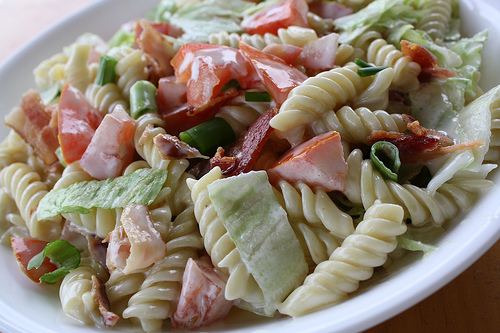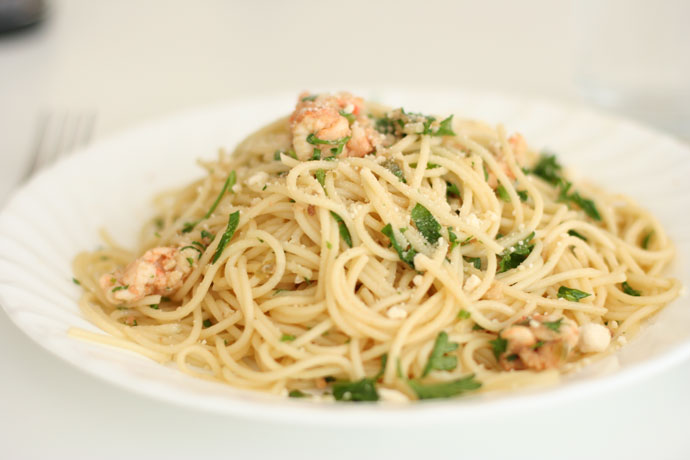International Sports Star Undergoes Surgery, Regains Sight At UAB After Training Disaster
Baljit Singh was looking forward to 2010. The premier event in professional field hockey, the World Cup, is to be hosted in his native India next year. And Singh, 28, was the goalie on the Indian National Team. He was considered the best goalie in Asia, ranked fourth in the world. Until a practice incident on July 17 changed everything.
Singh and the team were practicing in Bundi, in northwestern India. It was a common drill, the coach hitting a golf ball at Singh, trying to keep the ball low. A field hockey ball is about the size of a baseball, and by trying to stop the much smaller and faster moving golf ball, it was thought a goalie could improve his reflexes and timing. Only this time the coach hit the ball too high.
The ball struck Singh directly on the right eye, breaking through his protective mask. The impact caused four fractures in the bones of the eye socket and did extensive damage to the eye itself.
He was rushed to a Delhi hospital and had the first surgery to save his eye within 24 hours. Ophthalmologists there told Singh the optic nerve and his center vision, the macula, were damaged. He was told there was nothing to be done and any further procedures would only cause more damage.
But Singh and his family refused to accept that outcome. They did some research on the Internet and one name kept popping up. Robert Morris, M.D., associate professor of ophthalmology at the Callahan Eye Foundation Hospital at the University of Alabama at Birmingham (UAB) and president of the International Society of Ocular Trauma. Morris and his colleagues Doug Witherspoon, M.D., and Ferenc Kuhn, M.D., are renowned for their ability to repair damaged eyes after severe trauma. They have pioneered new techniques and instruments that allow them to gain access to and operate on the back of the eye. And they have shown that even injured eyes with no light perception (NLP) can sometimes be returned to useful vision.
Singh arrived in Birmingham on Aug. 7. Upon examination, Morris discovered that his damaged eye was smaller than normal and shrinking. He had minimal light perception.
"Mr. Singh understood that reconstructing the eye after this sort of trauma is like opening a surprise package," said Morris. "We could not assure him that it would be possible to restore any useful vision. He also understood that fine detail vision was unlikely. None the less, he wanted us to try."
"Dr. Morris was my last hope," said Singh. "I did not want to give up, so I told him to go for it, and we'd hope for the best."
On Aug. 11, Morris operated for the first time. Blood was drained from the eye and the retina re-attached. Silicon oil was injected into the eye to stop the shrinking and give the eye shape. More importantly, Morris discovered that Singh's optic nerve and macula were not destroyed, although the macula had been detached due to bleeding for the three weeks since the original injury.
"He began to see colors again, which was a good sign that the macula was beginning to recover," said Morris. "The macula and optic nerve looked normal although much of the rest of the eye has been badly injured."
In a follow up visit in mid-September, Morris fitted Singh with a contact lens. His vision improved to 20/200, which is the top line of the eye chart. Morris said there is potential to regain greater vision over time, but this was a significant improvement over the bare light perception prior to surgery. A final determination of how much vision Singh will regain won't be possible until early in 2010.
Singh, who returned home in early October, said he is focused on recovering his vision, not playing field hockey.
"I realize that my vision might not come back to the extent that I can play again at the level I did before," Singh said. "I must deal with reality, with both the negative and the positive. I'm thankful for the improvement thus far."
Singh said his teammates and coaches called every day while he was in Birmingham, offering encouragement and support. The Indian news media followed his progress. And he says the team no longer uses the golf ball drill in practice.
"I'm hopeful to regain full vision, but whatever will be, will be," Singh said. "I have full faith in Dr. Morris. He is a famous man in India now."














